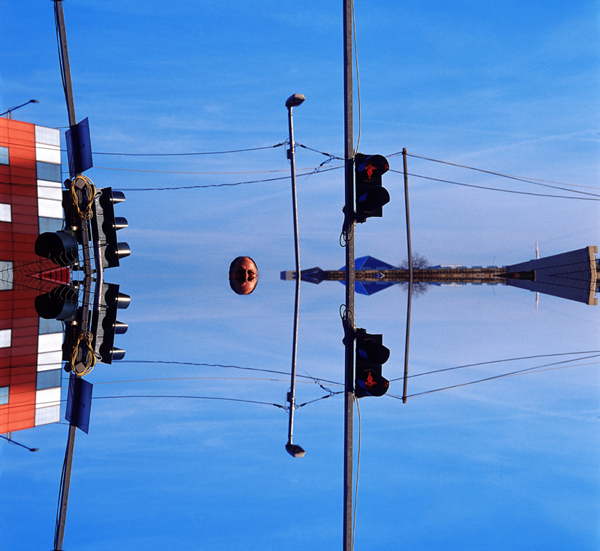
Cabeza, 2002. Cibachrome. 124 x 135 cm. Edition of 3. |
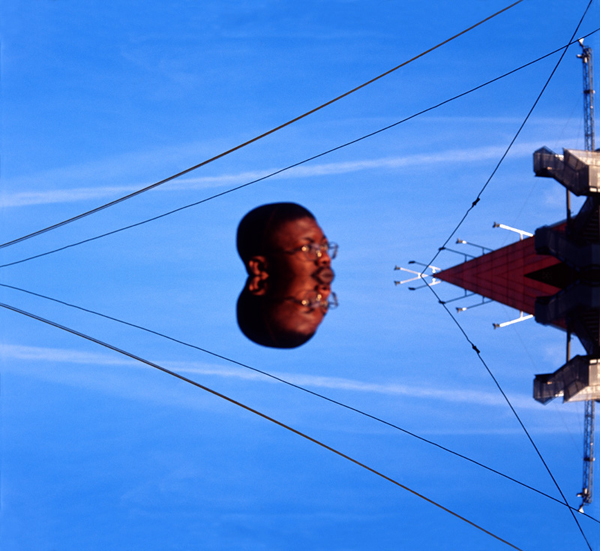
Corazón, 2002. Cibachrome. 124 x 135 cm. Edition of 3. |
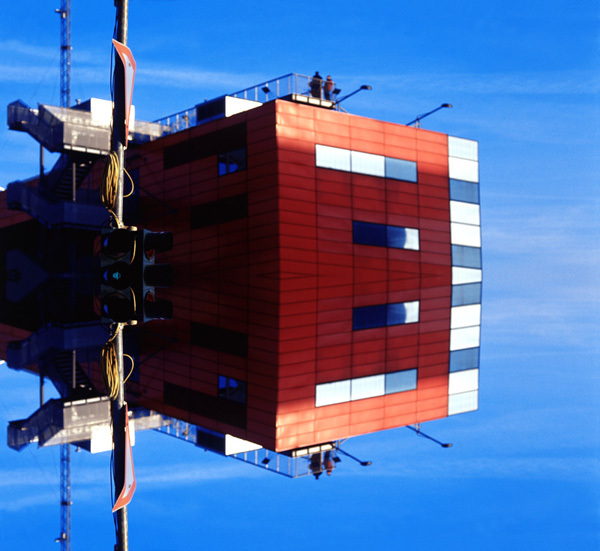
Info-Box, 2002. Cibachrome. 124 x 135 cm. Edition of 3. |

Cabeza, Corazón, Info-Box, 2002. Cibachrome. 124 x 135 cm. each. Edition of 3. |
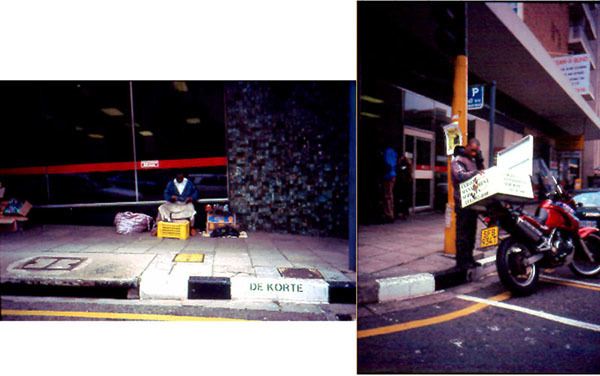
De Korte (diptych), 2002. Cibachrome. 100 x 142 cm. and 156 x 100 cm. Edition of 3. |
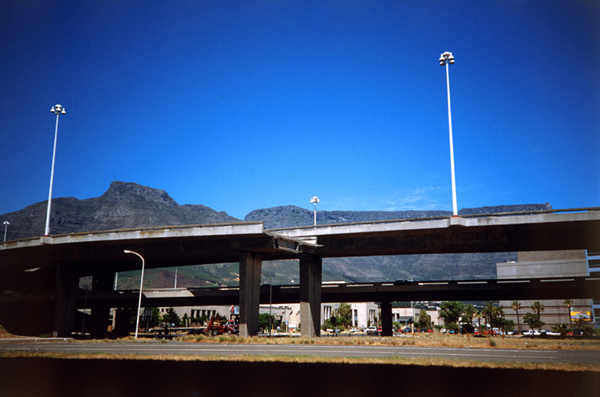
Pista I, 2002. Cibachrome. 70 x 100 cm. Edition of 3. |
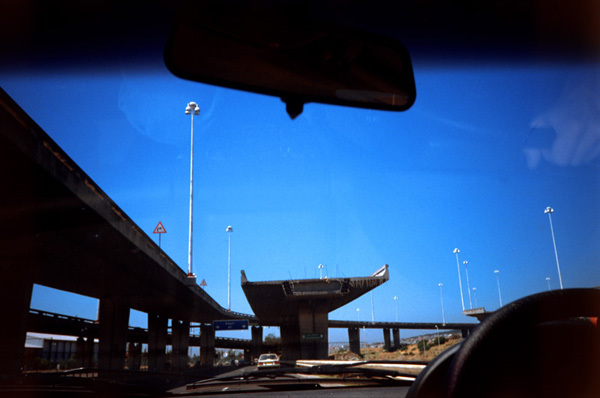
Pista II, 2002. Cibachrome. 70 x 100 cm. Edition of 3. |
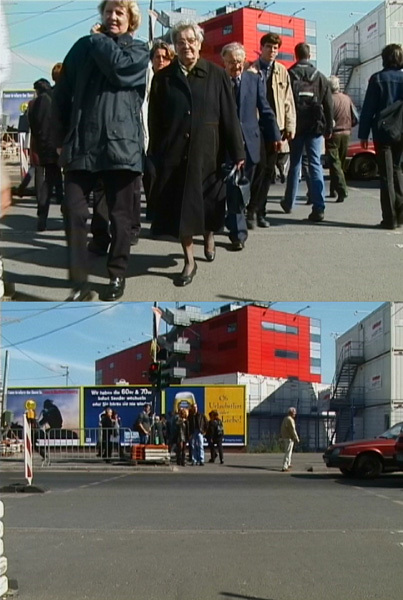
Instante cruce, 2002. Video projection. 20'. Edition of 3. |
In Info-Box, Juan Carlos Robles uses his camera to collect images that best represent the essence of contemporary society: the movement. Taken from the world as it stands today, he captures fleeting moments and transitory scenes, those that Marc Augé referred to as non-places, spaces of anonymity and chanceful meetings.
Designed around a patter of telematics, his radical criticism of the modern city can be seen in this exhibition through snapshots of everyday life that when reflected in on themselves create a strange effect. Like a kind of mirror, the image of the city is reflected back on itself. Pedestrians await the green signal of the traffic lights facing the ephemeral construction that documents the changes in the city of Berlin. Citizens are framed in an electric grid and the Info-Box seems to form a part of it (Info-Box, Cabeza, Corazón, 2002).
In these images a dialect between the elements that give form to the urban ecosystem and the citizen is established, between a structure of measured rhythms and the difficulty of accessing the One. Robles highlights the relation between power and technology, between speed control and communication. But here his metaphors are not tangible (crossing of souls, distance-insertion, voyeurism-force, identity): they remain introverted and abandoned, turned in upon themselves, denying their own representation, suspended in time and space.
Relying on ‘found kinetics’ -the pulse marked by a traffic light- in ‘Instant’, 2002, Robles records the flow of pedestrians in a temporal sequence without a single cut in his editing and he simultaneously gives it back to us in a reverse sense. The premeditated escape in Robles’ linear narrative video work that drives the story to an unavoidable end places the pedestrian in a decisive point in their existence, providing them with a heroic dignity.
In his screen story we exist in the moment crossing from the past into the future, but also without big surprises. Suspended in the moment -as the series of Testigos (2002) possibly points to- because of a lack of historical perspective in the turning point of this culture that we are witnessing.

